26+ APA Writing Examples to Download
The American Psychological Association (APA) Writing Format is widely used in academic and scientific writing. With its standardized guidelines, the APA format ensures clarity, consistency, and credibility in scholarly works. Whether you are a student, researcher, or professional, mastering the APA Writing Format is essential to effectively communicate your ideas. In this article, we will explore what the APA Writing Format entails, provide a step-by-step guide on how to write in APA Format, address common FAQs, and conclude with insights on its functions and benefits.
1. APA Bibliography
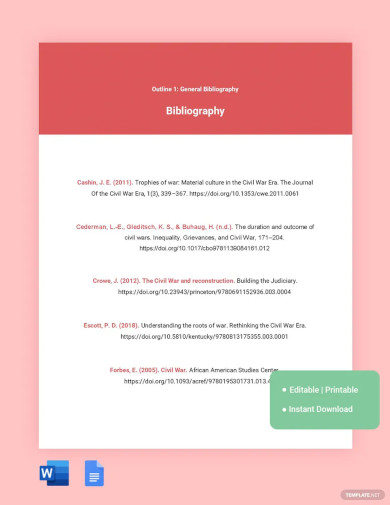
2. APA Formatted Essay Template

3. APA Article Summary
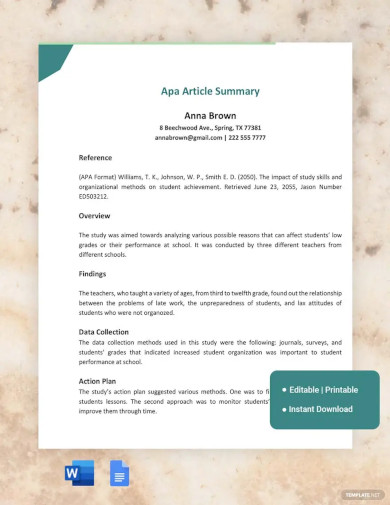
4. Sample APA Writing
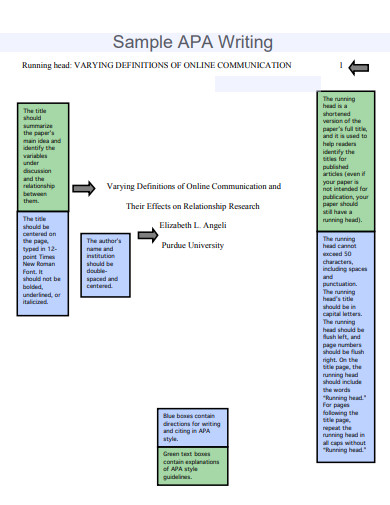
csun.edu
5. APA Research Paper Writing
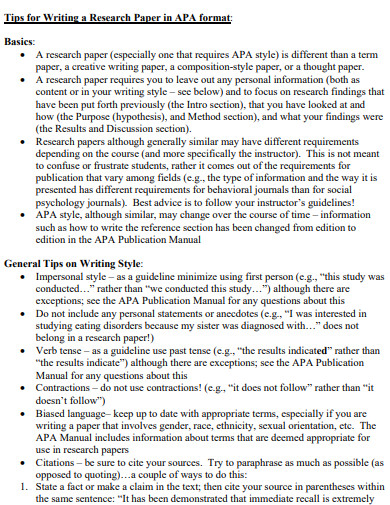
arts-sciences.und.edu
6. APA Writing Style
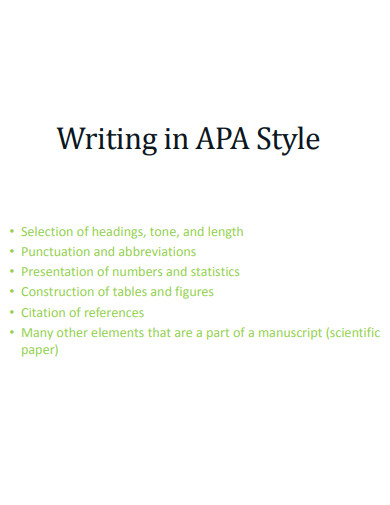
web.iit.edu
7. Tips for APA Writing Style
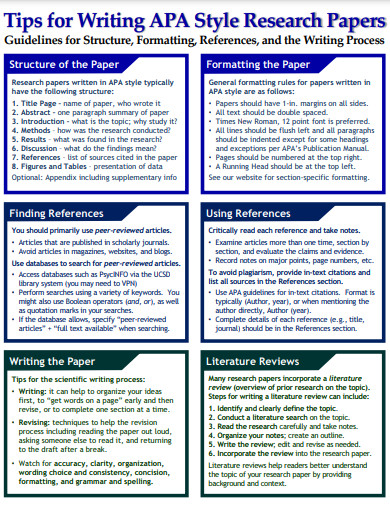
psychology.ucsd.edu
8. APA Writing Style and Language
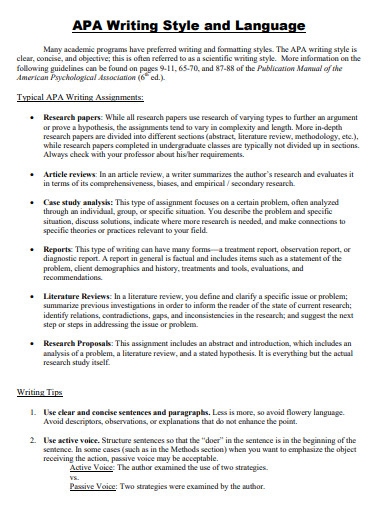
strose.edu
9. APA 7th Edition Writing
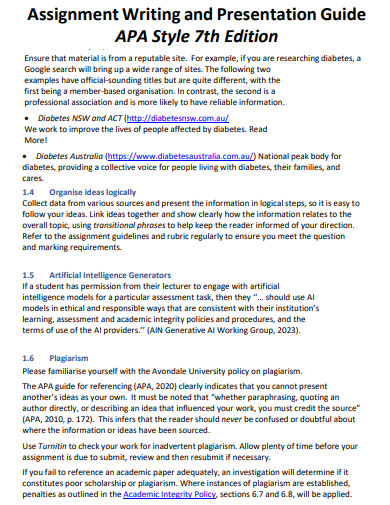
avondale.edu.au
10. APA Writing and Learning
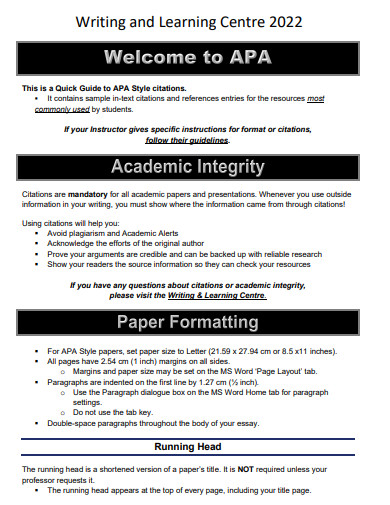
alexandercollege.ca
11. APA Writing Style Guide
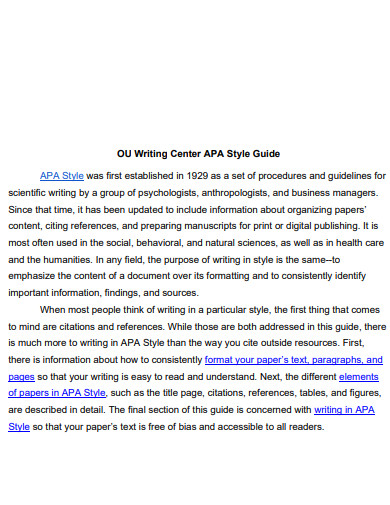
ou.edu
12. APA Citation Style Writing
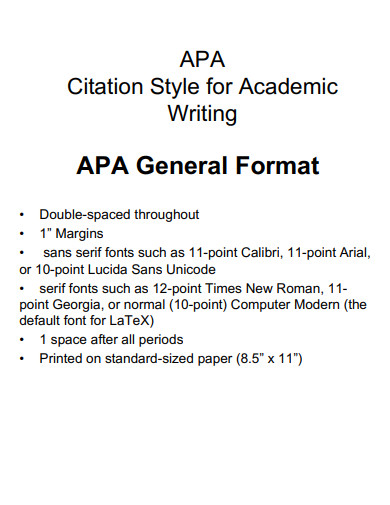
montclair.edu
13. APA Writing Guide and Paper Requirements
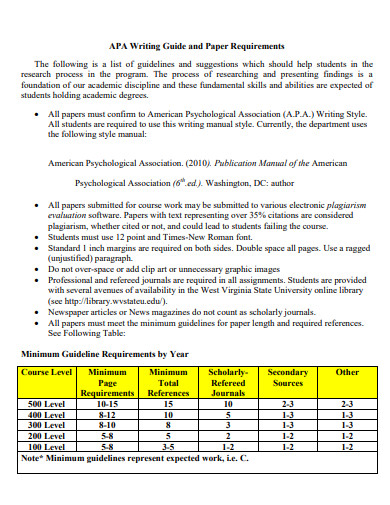
wvstateu.edu
14. APA Writing Empirical Paper
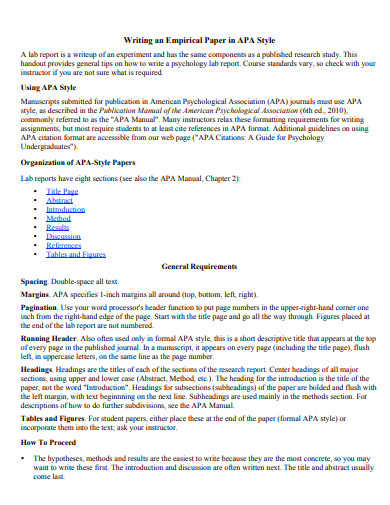
psych.uw.edu
15. APA Writing Style Template
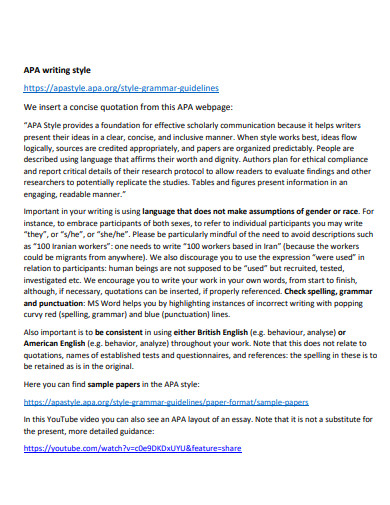
hope.ac.uk
16. APA Writing Guidelines
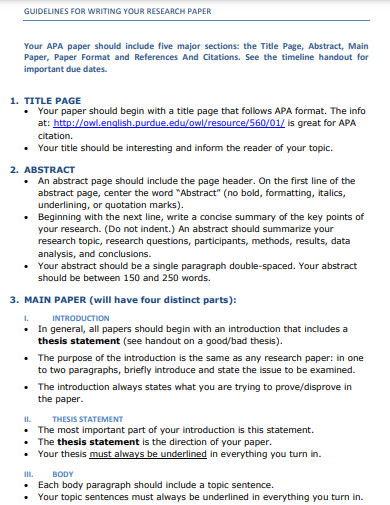
canadacollege.edu
17. APA for Academic Writing
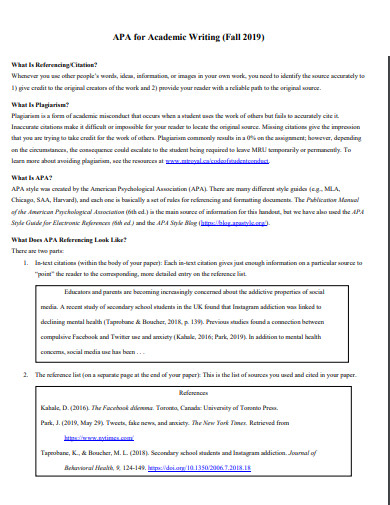
mtroyal.ca
18. APA Writing in 7th Edition

antioch.edu
19. APA Formatting for Application Writing
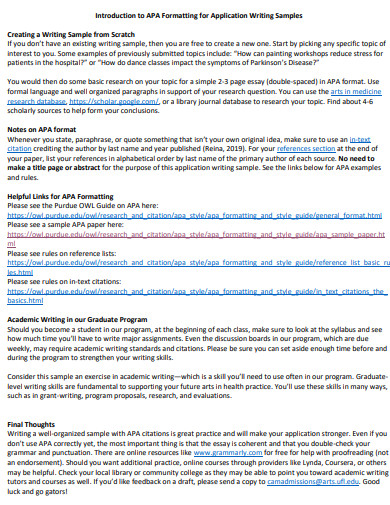
arts.ufl.edu
20. APA Writing And Mechanics
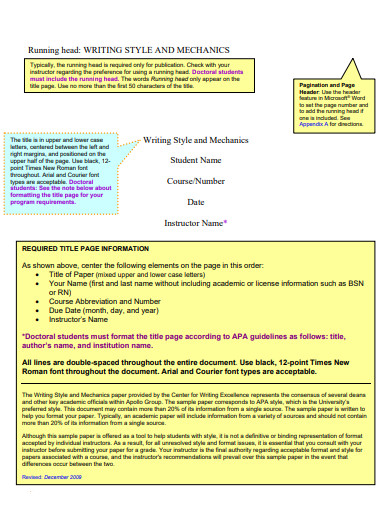
scranton.edu
21. Introduction to APA Writing
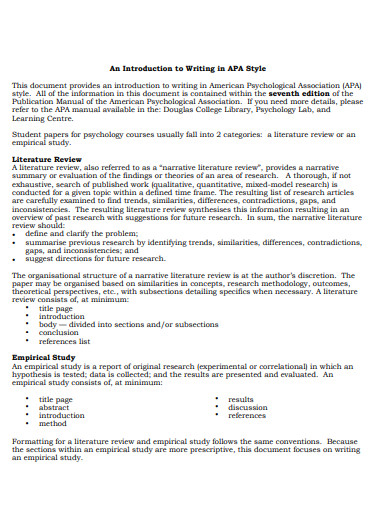
library.douglascollege.ca
22. APA Writing Center

jccc.edu
23. APA Writing Checklist
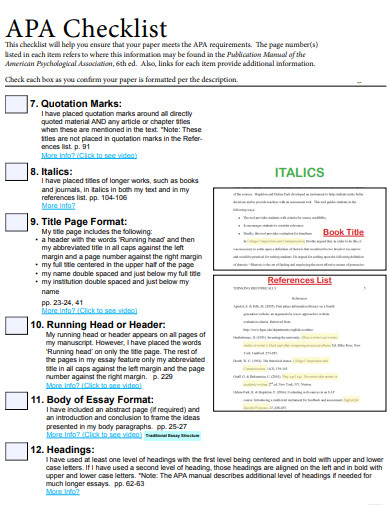
wagner.edu
24. APA Writing Student Paper
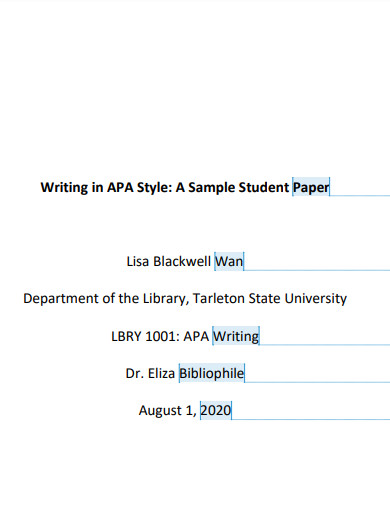
tarleton.edu
25. Using APA Writing Style
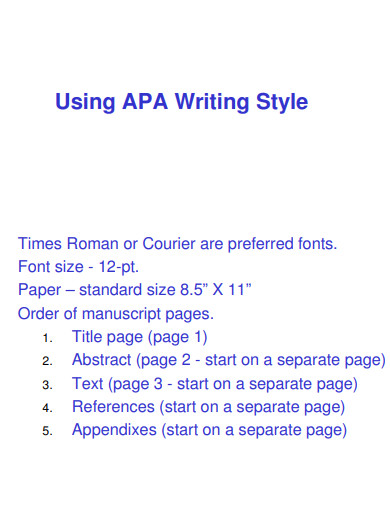
deltastate.edu
26. University APA Writing
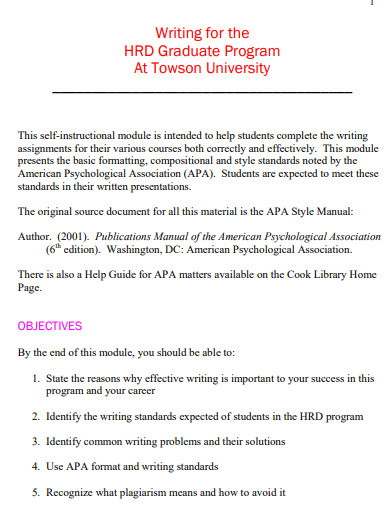
towson.edu
27. APA Writing Support
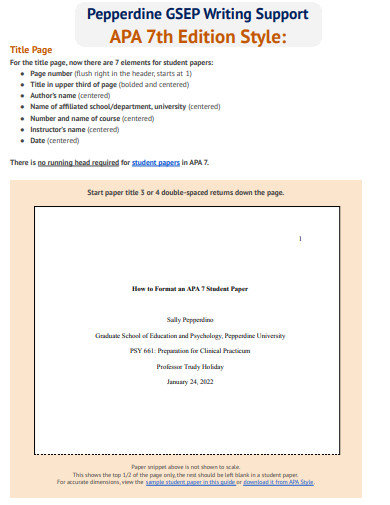
community.pepperdine.edu
What is an APA Writing Format
The APA Writing Format is a set of guidelines developed by the American Psychological Association to facilitate clear and concise communication in scholarly writing. It encompasses various aspects, including in-text citations, reference lists, and text structure. Following the APA Writing Format ensures consistency and proper attribution of sources, allowing readers to verify and locate the cited materials easily. This format is extensively used in the fields of psychology, social sciences, and education, among others.
How to Write in APA Format
Writing in APA Format can seem daunting at first, but with a systematic approach, you can navigate the requirements smoothly. The following step-by-step guide will help you understand the key elements and structure your APA Style paper effectively.
Step 1: Paper Formatting
Begin with setting up your document according to APA guidelines, including a 1-inch margin, double-spacing, and a readable font (e.g., Times New Roman, 12-point size).
Step 2: Title Page
Create a concise yet informative title page that includes the title of your paper, your name, institutional affiliation, and the running head.
Step 3: Abstract
Craft a brief summary of your paper, highlighting the main objectives, methods, and findings. Keep it between 150 to 250 words and place it on a separate page after the title page.
Step 4: Introduction
Compose an engaging introduction that provides background information, states the purpose of your research, and presents a clear thesis statement.
Step 5: In-Text Citations
Utilize in-text citations to acknowledge and credit the sources you have referenced within your paper. Include the author’s last name and the year of publication within parentheses.
Step 6: Reference List
Compile a comprehensive list of all the sources cited in your paper. Organize them alphabetically by the author’s last name and follow the APA guidelines for each entry.
FAQs
What is an in-text citation, and how do I use it in APA format?
An in-text citation is a brief reference to a source within the body of your paper. It helps readers identify the specific work you have cited and locate the full reference in the reference list. In APA format, include the author’s last name and the publication year, usually enclosed in parentheses.
How do I cite a book in APA format?
To cite a book in APA format, include the author’s last name and initials, publication year, book title in italics, and the publisher’s name. For example: Author, A. A. (Year). Book Title. Publisher.
What is the function of a reference list in APA writing?
The reference list in APA writing serves as a complete record of all the sources you have cited in your paper. It allows readers to locate and retrieve the sources you used, thereby verifying the credibility of your research. The reference list follows a specific format and should be arranged alphabetically by the author’s last name.
Mastering the APA Writing Format is crucial for academic and scientific writing. By adhering to its guidelines, you ensure clarity, consistency, and credibility in your work. From in-text citations to reference lists, each element has a specific function that contributes to the overall structure and integrity of your APA-style paper. Embracing the APA Writing Format empowers you to effectively communicate your research, enhance academic integrity, and contribute to the scholarly community.


